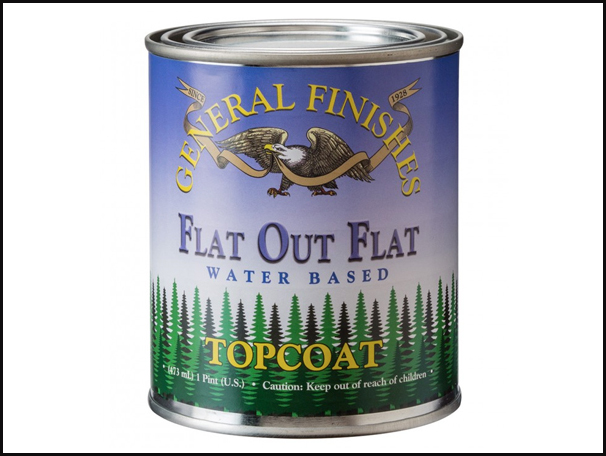
I’ve painted a breakfast room table with chalk paint, and finished with a wax. I apparently didn’t apply the wax correctly and it looks terrible! I plan to sand and reapply. What product(s) do you recommend I use for a durable, smooth finish (including applicator type)? – Lois Helms
Tim Inman: These kinds of questions are actually common and always give me pause for concern. I don’t want my answers to sound harsh or unhelpful. But, gosh, shouldn’t this question have been asked first, before the work was done? That said, “chalk paint” or casein paint or buttermilk paint — they’re all pretty much in the same genre — your initial choice for paint was probably not the best choice given the goals you’ve set out. These paints are nostalgic and generally make a project look “old” or worn. They’re used when something is intentionally not wanted to look new. These paints are not durable, nor are they protective for use on dining furniture or bar tops where repeated cleaning is easily anticipated. Wax is Mother Nature’s anti-oxidizing material to protect other surfaces. Momma Nature puts wax on apples, plums and all kinds of fruits and vegetables. It doesn’t last long, and it isn’t expected to. Wax is a sacrificial coating. Putting wax on your furniture is the same idea. The wax protects the real finish from contact with other bad things, and it is expected to be sacrificed and replaced from time to time. It looks great and has a nice feel. Other than that, it just doesn’t do much heavy-duty protecting. So, we’re in two strikes “against” on this project so far.
You say you now want to sand and reapply. This won’t make anything heal up and get better. You’ll just be putting more work and effort on top of an already proven poor surface. If you really want a protective finish on your breakfast table, you need to take all of this stuff off and rebuild from the ground up. I would suggest that if you want a colored or “painted” effect, then a polyurethane enamel would be the first place to go for durability and protection. You can clear coat over that if you want a deeper, clearer effect. Spraying is the ultimate in smooth finish application. A very good brush and some technique can produce a nearly equal surface. Foam brushes are just that: foam! Don’t use them on this job.
Finally, to protect against another round of “Oh my gosh! That isn’t what I wanted!” I can’t urge strongly enough how important it is to practice and prove out your new finish on a sample board FIRST before you go on to your project.
Chris Marshall: Aside from interior wood flooring, I can’t think of another project that deserves a tough finish more than a kitchen table. So, I’m with Tim: when you strip and start over on your breakfast table, go with polyurethane as a topcoat. You just can’t beat it for durability. Wax is the antithesis of durable, but some people use it because it’s easy to apply. Or, it seems like the “right” way to finish something made out of wood. But, wax doesn’t form an impervious film on the surface of the wood, and a film is what offers real protection here.
If you’re really “sold” on the color of the chalk paint you’ve already used, there might be an easy way you can stick with it again. General Finishes offers this new Flat Out Flat cross-linking acrylic topcoat that’s formulated to go over chalk or milk paint while keeping the sheen flat. It could be just the answer you need. To learn more about it, click here.
We live and learn in all aspects of woodworking, and this chalk paint/wax approach is one of those tough finishing lessons. But the upside: you won’t try that again! Lesson learned.





